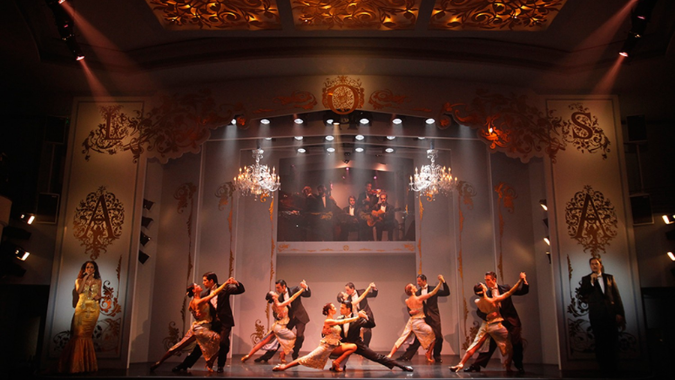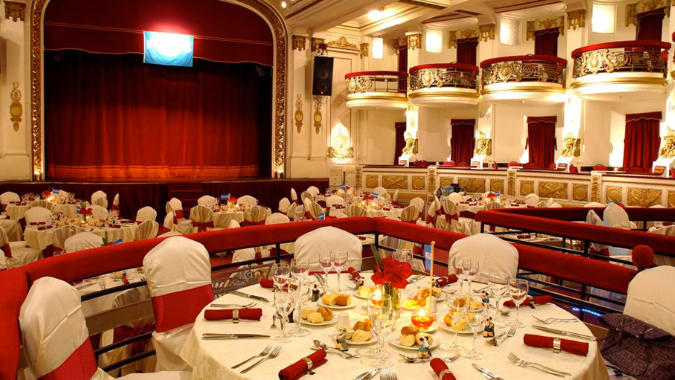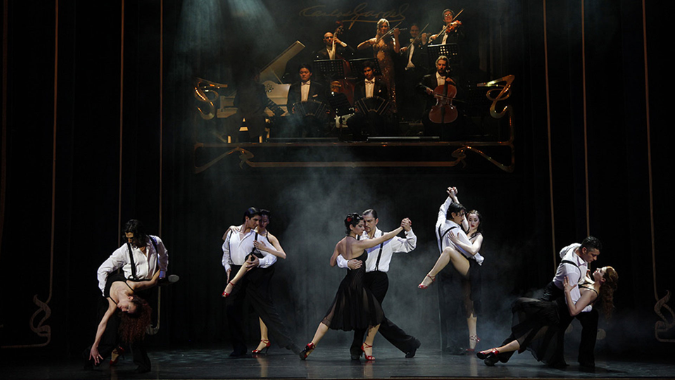When we mention the word tango, it is impossible not to think of Argentina and the sensuality, magic and passion that surrounds this dance. Tango is definitely the most representative dance of Argentina, being an emblem and cultural export product of this beautiful country, which combines music and performance, as a cultural manifestation that has evolved throughout the history of Argentina and has significantly influenced the lives of Argentines.
Tango is a cultural expression that evokes the sensuality, magic and passion of Argentina and has become the highest representative of the folklore of this country, and has been an emblem and cultural export throughout history.

The evolution of tango: from popular dance to cultural emblem of Argentina
Although the origin of tango is uncertain, it is believed that it was born in the poorest areas of Buenos Aires and Montevideo at the end of the 19th century. Initially, tango was a dance of the popular classes that was also danced in brothels and on the streets of the city. Tango was seen as an expression of passion and melancholy, and was often associated with violence and crime. The word "tango" comes from the Rioplatense slang used in port areas, and referred to places where sailors and dock workers went to dance and drink.
However, over time, tango became a more sophisticated art form and popular among the middle and upper classes of Buenos Aires, until it became a dance full of elegance, passion, strength and subtlety that has become a form of expression of Argentine identity. Through its lyrics, melodies and movements, tango reflects the joys and sorrows, the hopes and challenges of everyday Argentine life.
Among the greatest exponents of tango as a musical genre are artists such as Carlos Gardel, one of the biggest iconic figures of tango, and Tita Merello, one of the first female tango singers. Carlos Gardel is considered the "King of Tango", and his unparalleled voice and elegant, sophisticated style brought tango worldwide recognition. Tita Merello, for her part, is a tango legend, and her songs have been interpreted by many renowned artists.

Tango as a form of political and social expression in Argentina
Tango has significantly influenced Argentine culture and has been a source of inspiration for many artists. Tango music and dance have been used in plays, films, novels and poetry. In addition, tango has been a form of political and social expression, used to represent the struggles and joys of the Argentine people. For example, during the years of the military dictatorship in Argentina, tango became a form of resistance and social denunciation. Artists created songs that reflected the political and social reality of the time, which became anthems of resistance.
Tango has transcended the borders of Argentina and has become a popular dance all over the world. Tango music and dance are studied and danced in countries such as the United States, Japan, Russia, France and Spain. In addition, there are numerous tango festivals around the world, such as the World Tango Festival in Buenos Aires, which attracts thousands of tourists every year.

Where to see the best tango shows in Buenos Aires?
Actually, Buenos Aires is known as the capital of tango, and there are many tango houses where you can experience the dance and live music. Choosing a tango house or a show to attend can generate some confusion being in the capital city of tango, as some of the most important tango houses in Buenos Aires such as La Ventana, El Viejo Almacén, Esquina Carlos Gardel, Café de los Angelitos, Piazzolla, Señor Tango and Rojo tango, offer high quality shows, for all tastes and budgets, whether you vary the location, the style of the show, from a more modern show to a more classic and traditional one, but you will never miss the best staging of artists and musicians that will make you enjoy an evening worth remembering. All tango houses strive to give the best and offer an unparalleled service, so no matter which one you choose, we assure you that you will have an experience of high level and quality.
As mentioned above, there is a wide variety of tango shows available to suit different tastes and interests. From more economical options to VIP experiences, from more traditional shows to more modern ones, there is something for everyone. Whatever your choice, we can guarantee that you will enjoy the experience to the fullest. However, to help you choose the show that's right for you, we'll provide a brief summary of each of the most outstanding shows in Buenos Aires.
La Ventana: This tango show stands out for its intimate and cozy atmosphere. It is located in the neighborhood of San Telmo, one of the oldest and most traditional neighborhoods in Buenos Aires. La Ventana presents a live performance of tango music and dance, as well as other Argentine art forms, such as the boleadora and the chacarera.
El Viejo Almacén: This is one of the most emblematic places to enjoy a tango show. El Viejo Almacén is known for its elegance and sophistication. The artists who perform here are first class, and the show includes a historical review of Argentine tango, it is one of the oldest and most traditional shows in Buenos Aires. It focuses on music and dance, and features a variety of tango styles, from the classics to the most modern. El Viejo Almacén also has a collection of objects and photographs related to the history of tango.
Esquina Carlos Gardel: This show is dedicated to the most famous Argentine tango singer of all time, Carlos Gardel. It is located in the Abasto neighborhood, where Gardel used to sing. The show includes a live performance of tango music and dance and is a popular choice for tourists who want to experience tango culture in an elegant setting.
Café de los Angelitos: This historic café has become a popular venue for tango shows in Buenos Aires. It offers a high-quality tango show with live music, dancing and singing, and also features a three-course dinner.
Piazzolla Tango: This show focuses on the music of famous Argentine tango composer Astor Piazzolla. In addition to tango, the show features other musical genres such as jazz and classical music.
Señor Tango: This show focuses on the history of tango and features an impressive theatrical production, with a large number of dancers and performers on stage. It also includes a three-course dinner.
Madero Tango: This show takes place in a ballroom in one of the most modern neighborhoods in Buenos Aires, Puerto Madero. Where you will be able to appreciate a magnificent show with a spectacular night view of the river. It offers a three-course dinner and a live tango show that combines music, singing and dancing.
Rojo Tango: This show takes place at the exclusive Faena Hotel and is known for its intimate and elegant atmosphere. It features a three-course dinner and a live tango show that combines music, song and dance in an impressive theatrical production.

In conclusion, tango is much more than just a dance. It is a cultural expression that has evolved throughout Argentina's history and has significantly influenced the lives of Argentines. Through music and dance, tango has represented the struggles and joys of the Argentine people, and has been a source of inspiration for many artists. Today, tango continues to be a form of expression of Argentine identity and has transcended the country's borders to become a popular dance throughout the world.
